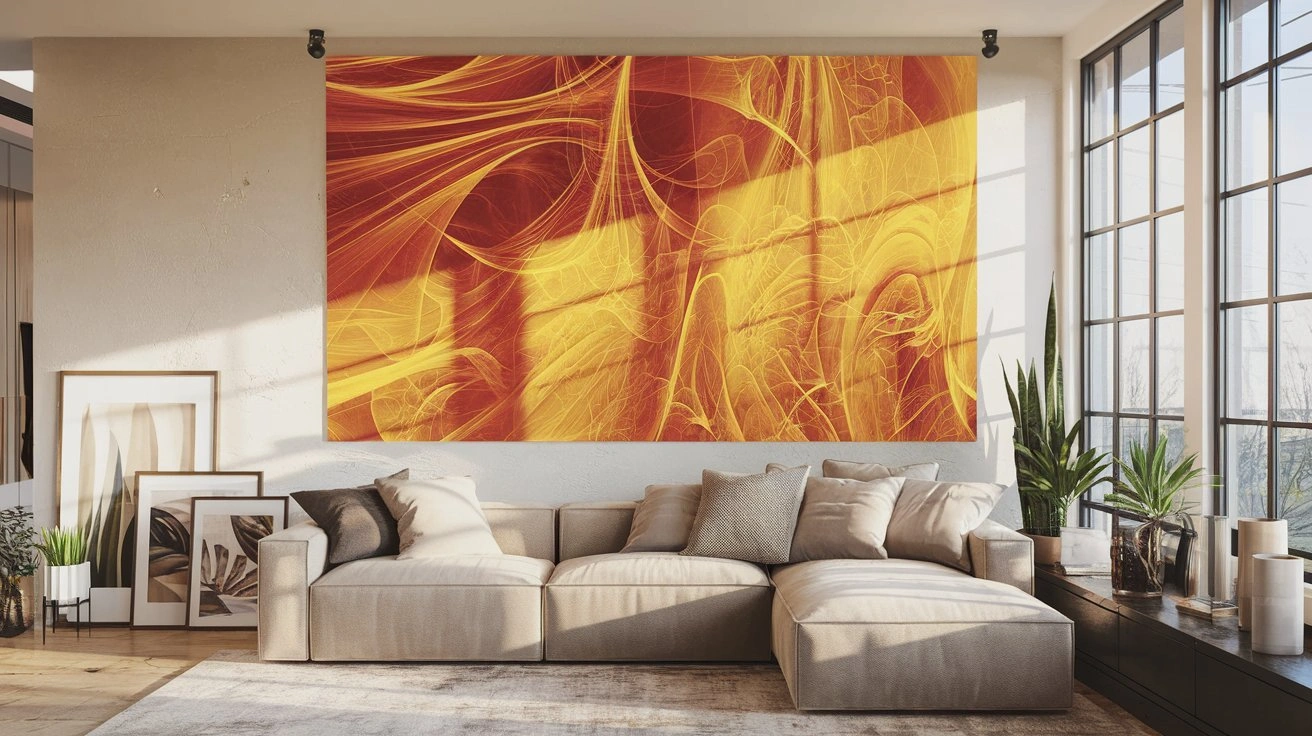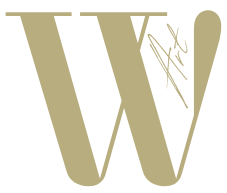When it comes to adding character, history, and unique aesthetics to a home, vintage wall arts is an exceptional choice. It can transform any space, bringing timeless beauty that evokes nostalgia while offering a personal touch. In this guide, we explore the essential factors to consider when shopping for vintage wall arts , ensuring that you make an informed decision that enhances your decor and investment value.
Table of Contents

Understanding the Appeal of Vintage Wall Arts
Vintage wall arts carries with it the charm of bygone eras, encapsulating cultural, historical, and artistic value. Whether you are seeking mid-century modern designs, rustic farmhouse pieces, or vibrant art deco creations, each vintage piece tells its own story and has its own distinctive style. Choosing vintage art enables homeowners to curate spaces that reflect their personality and unique tastes.
Why Vintage Wall Arts is Timeless
The timelessness of vintage art lies in its craftsmanship and cultural significance. Unlike mass-produced modern pieces, vintage art often reflects the artist’s vision, skill, and era-specific design trends. Such artwork creates a sense of nostalgia and connection to the past, making it an enduring choice for interiors.
Factors to Consider When Shopping for Vintage Wall Arts

Authenticity and Provenance
When investing in vintage wall art, ensuring authenticity is crucial. A genuine vintage piece often comes with provenance, which serves as documentation verifying its history, originality, and ownership record. This can include certificates of authenticity, gallery records, auction house documents, or signatures from the artist. The absence of proper provenance may raise doubts about whether the artwork is an original or a reproduction.
To avoid costly mistakes, thoroughly research the artist and the era from which the piece originates. Art from well-known movements such as Art Deco, Mid-Century Modern, or Art Nouveau holds historical significance, increasing its value. If you’re uncertain, consult a certified appraiser or work with reputable galleries and auction houses that specialize in vintage collections. Authenticity affects not only the financial value but also the historical and artistic integrity of your investment. A carefully authenticated piece will bring both artistic charm and value appreciation to your collection over time.
Condition and Restoration
The condition of vintage wall art is a key factor in determining its value, longevity, and aesthetic appeal. Since these pieces have withstood decades, if not centuries, some may show visible signs of aging, such as fading, cracks, discoloration, chipped paint, or frame wear.
While minor imperfections often add character and charm, extensive damage can diminish value and impact the artwork’s visual integrity. Before purchasing, assess the extent of wear by checking for structural stability, clarity of details, and color preservation. If restoration is necessary, it should be done professionally to retain authenticity and prevent over-restoration, which can negatively affect its value. Consider working with art conservation experts who specialize in preserving original techniques and materials. Proper restoration can enhance the longevity of the artwork while ensuring it remains a valuable, aesthetically appealing investment. When in doubt, request condition reports from galleries or sellers to make an informed decision.
Style and Era
Understanding the style and era of vintage wall art helps in selecting a piece that harmonizes with your existing decor while maintaining its historical significance. Each artistic period is characterized by distinctive elements, reflecting the cultural, social, and artistic movements of the time.
Key Eras of Vintage Wall Art:
- Art Deco (1920s-1930s): Bold geometric shapes, metallic finishes, and glamorous, symmetrical patterns.
- Mid-Century Modern (1940s-1960s): Clean lines, organic forms, and minimalist aesthetics with earthy tones.
- Victorian (1837-1901): Ornate, intricate detailing, featuring historical, floral, or romantic themes.
- Art Nouveau (1890-1910): Elegant curves, flowing botanical motifs, and soft, nature-inspired designs.
Selecting a piece that aligns with your personal taste and home aesthetic ensures that your vintage wall art not only adds visual appeal but also complements the overall ambiance of your space.
Size and Placement
The size of vintage wall art is a major consideration, as it influences the room’s balance, focal points, and overall aesthetics. Large statement pieces can dominate a space, making them ideal for spacious living rooms, grand hallways, or feature walls. In contrast, smaller vintage artworks work best in gallery-style arrangements, office spaces, or intimate nooks.
Key Considerations for Wall Art Placement:
- Large pieces (36” and above): Best for high-impact statement walls in large, open areas.
- Medium-sized pieces (24”-36”): Versatile enough for bedrooms, offices, and smaller living spaces.
- Small pieces (under 24”): Perfect for curated gallery walls, corridors, or layered with other decorative elements.
Before purchasing, measure your wall space and consider how the artwork will interact with existing furniture, lighting, and decor elements. A well-placed piece enhances the character of a room, ensuring that its vintage charm is highlighted effectively.
Medium and Material
The medium and material of vintage wall art play a significant role in its value, durability, and maintenance requirements. Vintage art exists in a variety of formats, each carrying a unique artistic and historical significance.
Common Mediums in Vintage Wall Art:
- Oil Paintings: Rich in texture, depth, and historical appeal, often considered the most valuable and collectible.
- Lithographs & Etchings: Fine art prints that can be limited editions, offering accessibility to rare artwork at a lower cost.
- Watercolors: Known for their delicate and ethereal appearance but require careful preservation.
- Hand-Pulled Screen Prints: Characterized by bold colors and clean lines, often associated with mid-century art.
Beyond the art medium, consider the frame material, as it can impact the overall presentation and preservation of the artwork. Vintage frames made of ornate gilded wood, carved mahogany, or metal can enhance the art’s authenticity while providing historical context. Ensure that the frame and glass protection do not compromise the artwork’s original beauty and structure.
Investment Potential
Beyond aesthetic appeal, vintage wall art holds investment potential, making it an attractive choice for collectors and enthusiasts. Certain art movements, limited editions, and rare pieces appreciate in value over time, especially if they are well-preserved and from a notable artist or period.
Factors That Influence Investment Value:
- Artist Reputation: Works by renowned artists tend to increase in value significantly.
- Art Movement & Historical Significance: Pieces associated with iconic artistic movements (e.g., Art Deco, Impressionism) hold long-term desirability.
- Rarity & Limited Editions: Scarcity drives demand, making rare prints, original paintings, or signed works more valuable.
- Condition & Restoration History: Well-preserved artworks fetch higher resale values, while over-restored pieces may lose historical integrity.
To maximize the investment potential of vintage wall art, research market trends, consult art appraisers, and consider acquiring pieces through reputable galleries or auction houses. Whether for personal enjoyment or financial growth, investing in vintage artwork can be a rewarding and strategic choice.
How to Display Vintage Wall Arts

Displaying vintage wall arts effectively enhances its impact and ensures it becomes a focal point in your room. Consider these strategies:
Group Gallery Walls
Curate a collection of smaller vintage pieces into a gallery wall for a visually dynamic display. Mixing different frame styles and art from various periods can create an eclectic, yet cohesive look.
Focal Points and Statement Pieces
A large vintage painting can serve as a statement piece above a fireplace or sofa. This approach draws attention and anchors the room’s design.
Themed Displays
Group art by theme or era to create a harmonious and curated look. For example, pieces from the same decade or featuring similar color schemes can create a more unified aesthetic.
Where to Find Authentic Vintage Wall Arts
Antique Shops and Art Galleries
Local antique shops and galleries often carry a wide selection of authentic vintage pieces. These establishments usually have experts who can provide provenance and insight into the artist and history of the artwork.
Online Marketplaces
Many online platforms specialize in vintage art, including well-known websites like Etsy, 1stDibs, and eBay. However, be cautious when purchasing online always request detailed images, provenance information, and authenticity certificates to avoid buying reproductions or fakes.
Estate Sales and Auctions
Estate sales and auctions can be treasure troves for finding unique and rare vintage art. Attending local auctions or using online auction houses can offer opportunities to find valuable pieces at reasonable prices.
Caring for Your Vintage Wall Arts
Preserving the integrity of your vintage wall arts is crucial to maintaining its beauty and value. Here are some tips:
- Avoid Direct Sunlight: Prolonged exposure to sunlight can cause fading and damage to vintage artwork. Display pieces away from direct sunlight or use UV-protective glass when framing.
- Control Humidity: High humidity can lead to mold or warping, particularly with wooden frames and canvases. Keep the artwork in a climate-controlled environment with stable humidity levels.
- Use Professional Cleaners: Dust and dirt can accumulate on vintage art. Use a soft brush or cloth to clean the surface, and avoid chemical cleaners. For extensive cleaning or restoration, consult a professional conservator.
Conclusion
Shopping for vintage wall arts is not just about aesthetics; it’s about choosing pieces that reflect your personal style, appreciate in value, and add character to your home. By considering factors such as authenticity, condition, style, size, and investment potential, you can confidently select art that will enhance your space for years to come. With proper care, your vintage wall arts will remain a cherished part of your collection, providing endless beauty and historical significance.
FAQs
General Questions
- What is vintage wall art?
Vintage wall art refers to decorative pieces, such as paintings, prints, or tapestries, that were created in past decades and often reflect the artistic styles and trends of their time12. - Why should I buy vintage wall art?
Vintage artwork adds character and history to your space, pairs beautifully with modern interiors, and can even be a smart investment as its value may increase over time14. - Where can I find vintage wall art?
You can shop for vintage art at thrift stores, flea markets, antique shops, estate sales, online marketplaces, curated stores, or auction houses14.
Shopping Tips
- What should I look for when buying vintage wall art?
Look for original pieces with visible brushstrokes or signatures, framed and signed works, and items in good condition without significant damage or fading13. - How do I know if a piece is authentic?
Inspect the surface for brushstrokes or unique imperfections and use tools like a 10x loupe or UV light to check for restorations13. - Should I stick to a theme when buying vintage art?
Yes! Choosing a theme ensures that your collection feels cohesive and complements your home’s decor style2.
Decorating with Vintage Art
- How can I incorporate vintage wall art into my home?
Create gallery walls, mix different textures and frames, pair vintage pieces with modern furniture, or use bold statement pieces to add depth and personality34. - Can I mix vintage art with modern decor?
Absolutely! Vintage artwork blends well with contemporary interiors, creating a retro-meets-modern aesthetic14. - What are some timeless styles of vintage art?
Landscape paintings in ornate frames, Japanese woodblock prints, and abstract art are classic choices that fit various decor styles13.
Investment and Maintenance
- Is vintage wall art a good investment?
Yes! Well-preserved pieces by renowned artists can grow in value over time while adding sophistication to your home1. - How do I maintain vintage artwork?
Keep it away from direct sunlight to prevent fading, clean frames gently with a soft cloth, and avoid excessive humidity to preserve its condition3.
